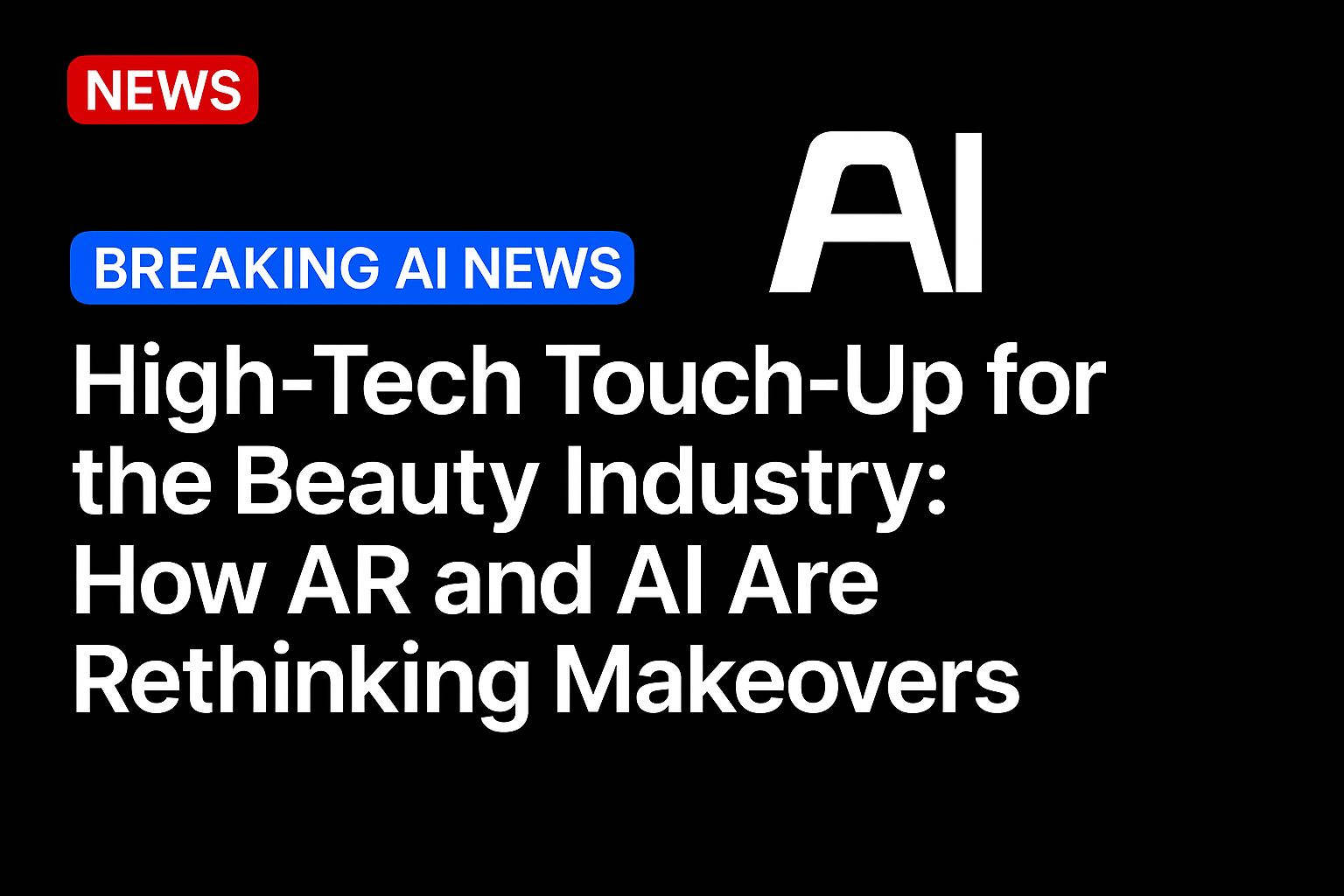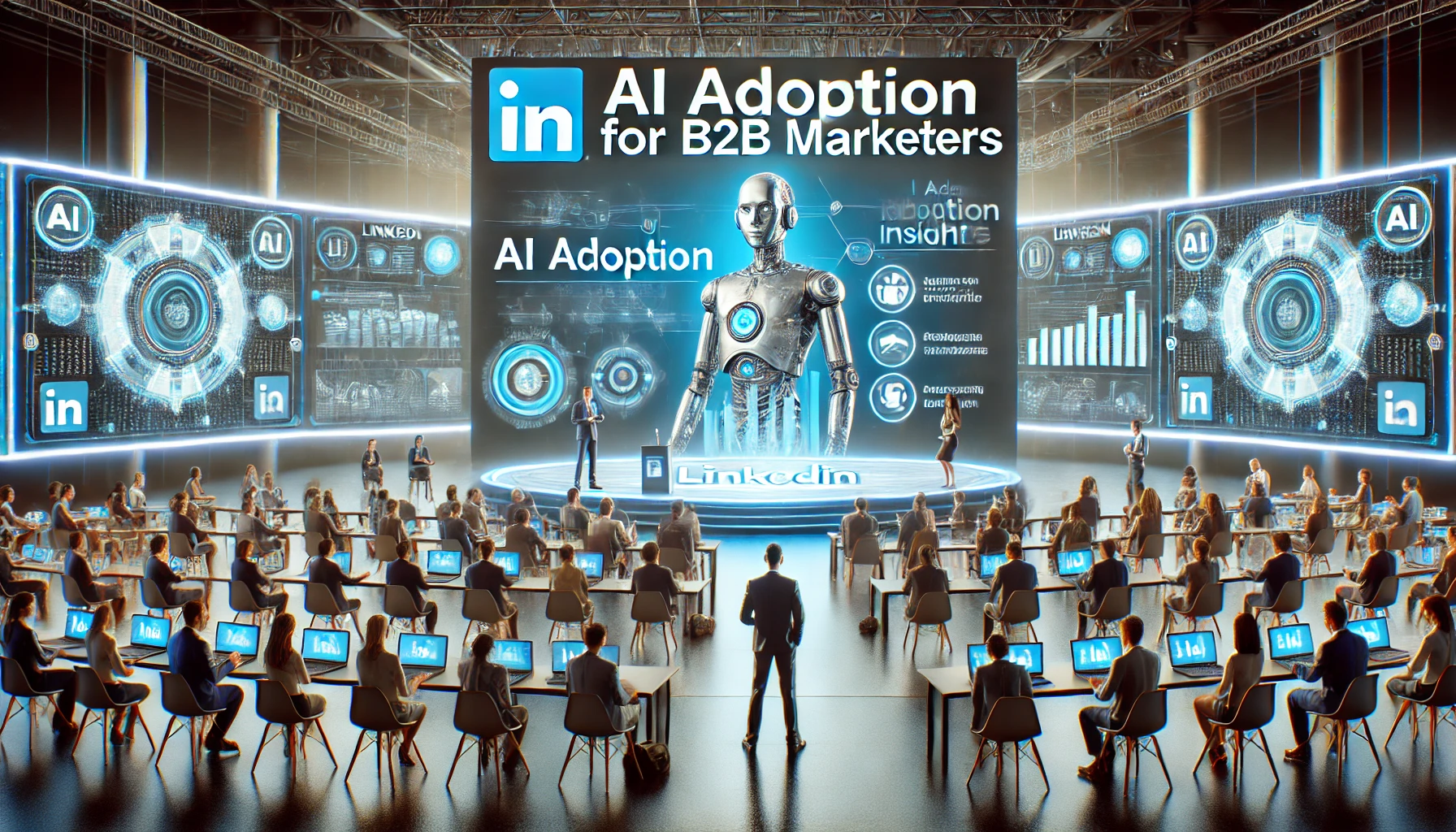Artificial intelligence (AI) is transforming industries across the United States, becoming a crucial tool for improving productivity, efficiency, and public safety. From automating mundane tasks to enhancing critical infrastructure, AI’s influence is steadily growing. However, its adoption is not without challenges, as industries grapple with ethical considerations and potential risks.
U.S. Cybersecurity and Infrastructure Security Agency (CISA) Director Jen Easterly highlighted the delicate balance required in integrating AI technologies. “We are looking at critical infrastructure owners and operators, businesses from water and health care and transportation and communication, some of which are starting to integrate some of these AI capabilities,” she stated. “We want to make sure that they’re integrating them in a way where they are not introducing a lot of new risk.”
AI’s applications span diverse sectors. In healthcare, it is used to predict patient outcomes and streamline administrative tasks. Transportation industries rely on AI for traffic management and autonomous vehicle technology. Meanwhile, communication and water utilities benefit from AI in network optimization and predictive maintenance.
Yet, not all industries embrace AI unreservedly. Concerns over job displacement, data privacy, and the ethical implications of decision-making algorithms have led to pushback. Some sectors are advocating for stricter regulations and frameworks to ensure AI is used responsibly.
As AI continues to evolve, the key lies in finding a balance—leveraging its capabilities to drive progress while addressing the associated risks. Policymakers and industry leaders are working collaboratively to create guidelines that prioritize safety, transparency, and ethical practices in AI deployment.




